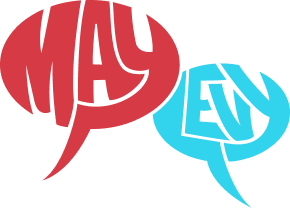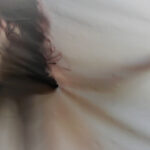Feel free to contact us via following ways, we will try our best to answer all questions with in 24

Horror vacui known widely as fear of empty spaces, is a special type of visual art which fills the entire surface of an artwork with delicate details. The form of art is associated with Mario Praz, who gives birth to this art by using it to describe the suffocating atmosphere and clutter of interior design in the Victorian age. This was a successfully shown by adaptation of this art by migration period art objects like carpet pages of Insular illuminated Manuscripts.
Arabesque Islamic artists also created artistic objects using this form from ancient times to the current times. Horror vacui was labeled as a stylish element of all art in the “geometric age” of ancient Greece. French art also was influenced by Horror vacui art form. Some of the pioneers in horror vacui art were S. Clay Wilson, Robert Crumb, Robert Williams, David Carson, Vaughan Oliver etc. Some works of horror vacui art were influenced by mentally unstable and inmates of psychiatric hospitals, such as those by Richard Dadd in the 19th century.
Graphic designs have also greatly evolved from this art. Comic art also gained considerably from this form of visual art. This has also resemblance with outsider art as modern examples portraits outsider art. S. Clay Wilson, Robert Crumb, Robert Williams who led underground comic movement were also masters in this art and later on, it influenced many comic artists such as Mark Bayer. The visionary art of certain indigenous people inspired this style. The art of Pablo Amaringo often shows this style.
It is also seen in the patterned art in clothing by indigenous people of Middle and South America. Fairly good examples are traditional clothing on the shipibi-Conibo people and geometric molas of Kuna people in these areas. This art is also incorporated in children’s books like Where’s Waldo? In Africa, famous artists such as Malangatana of Mozambique used this art to draw his pictures. Dar es Salaam’s Tingatinga painting style in Tanzania is a contemporary style of this art form.
This form portraits the fear of ancient Romans in stepping over their own boundaries to fight. The works by Williams, Faris Badwan, Joe Coleman and Todd Schorr are perfect examples of horror vacui art in the modern Lowbrow art movement. These days, it is seen in many forms of arts such as comic, clothing art, graphic design and paintings and carries a strong je ne sais quoi.
What has motivated this lengthy exploration and research into horror vacui are the fascinating obsessive works of New York artist Danny Glix, whom I recently met at the Calvin Klein fall 2010 collection after party. Danny’s works on flickr encouraged me to look into this fascinating style, and incorporate the elements on horror vacui into my future installation works. I encourage you to check out this very raw style of art. Aside from the interestingness factor, it is the type of artwork that works on full wall interior designs, which fashions an environment that leaves the viewer subtlety entranced.















